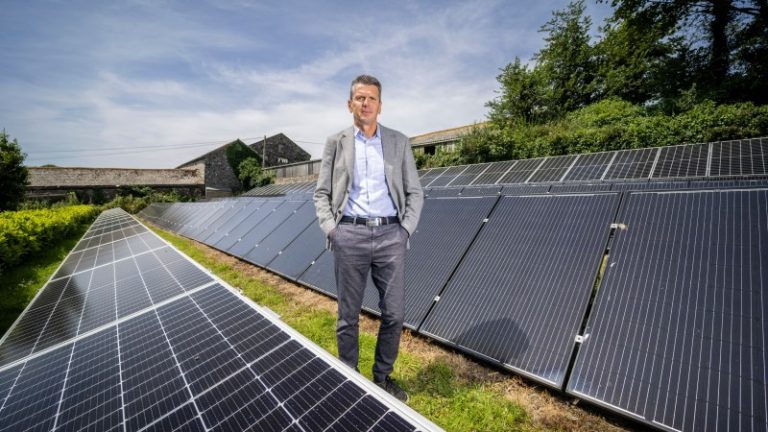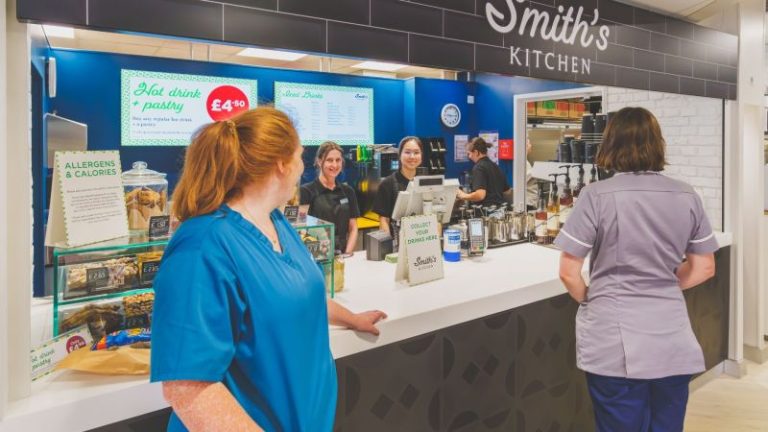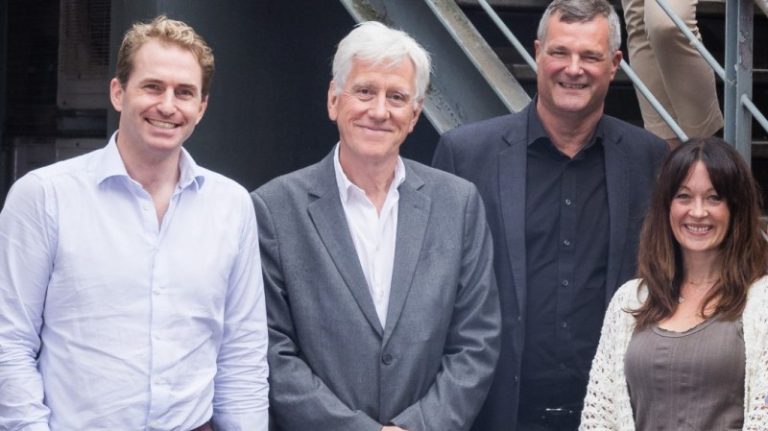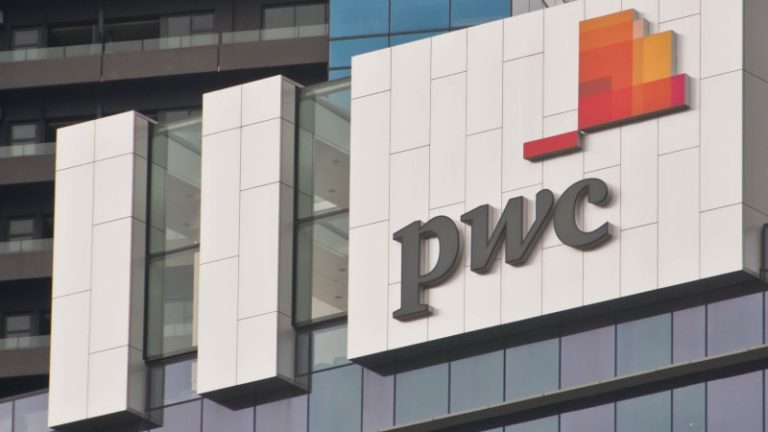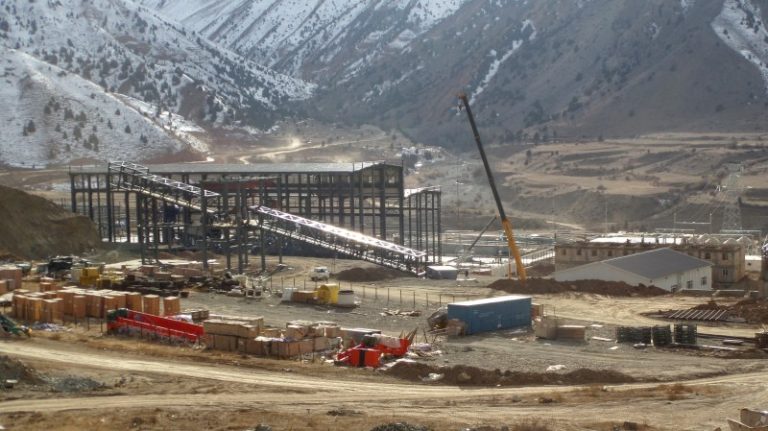Howden Joinery is cooking up a storm
Howden Joinery is one of the smaller names in the FTSE 100 club. Nevertheless, the joinery business, which specialises in fitting kitchens, has become a City favourite in recent years, with the shares rising from a pandemic-era low of 441p to more than 800p today.
The kitchen renovation market can be shaky, depending on how wealthy and secure consumers are feeling, but even during the cost of living crisis Howdens managed to take more market share. Now, as the cost of borrowing begins to fall, investors are looking for another growth spurt on the horizon.
Founded almost 30 years ago, Howdens is a vertically integrated supplier of kitchen and joinery equipment. It makes cabinets and worktops at two sites in East Yorkshire and Cheshire. It also sells its own brand of appliances, Lamona, as well as some other kitchen equipment from third parties.
Howdens’ integrated business model especially appeals to investors. By manufacturing most of its own products, the company is able to offer lower prices to its customers, which makes it more competitive against rivals that rely on third parties. It also runs its own logistics network, which delivers to its depots, more than 800 of them, mostly in the UK. This gives it firm control over its own supply chain.
The business also sells directly to small builders rather than to the general consumer. Each depot is managed as a local business, with managers controlling stock and pricing. Depot employees’ pay is connected to profits, which gives them further incentive to help the business to grow.
The integrated model has enabled Howdens to develop relatively high margins compared with other players in the sector. Last year, its gross margins were 61 per cent, and its margin on earnings before interest, tax and other charges was 23 per cent. This compares with an equivalent pre-tax margin at Travis Perkins, the builders’ merchant, at 7 per cent in its last financial year. At the DIY end of the market, Kingfisher, the B&Q owner, stands at at 10 per cent.
Howdens also has a strong cash position. It makes about £489 million in pre-tax earnings, according to FactSet, and spent £119 million on capital expenditure last year, while retaining net cash of £283 million on its balance sheet. This means it can comfortably return cash to shareholders, including through a growing dividend. In July, it said it would increase its interim dividend by 2 per cent to 4.9p per share and the stock is expected to yield 2.6 per cent over the next 12 months. On top of this, analysts at RBC Capital, the broker, estimate the company will spend another £200 million on buybacks until 2026.
The share price has been on a rollercoaster in the past five years. The group suffered during the pandemic, but since then its sales volumes have recovered and a home improvement wave, spurred in a longer-term rise in working from home, has generated record revenue.
The cost of living crisis did hit the market hard, but Howdens has been able to maintain its momentum. Its most recent results in July showed that sales in the first half had edged up by 4 per cent compared with the same period in 2023, while they are still 48 per cent higher than in 2019, before the pandemic struck.
As such, Howdens’ shares have rallied by 8 per cent this year and now trade at 18.3 times forward earnings, in line with a five-year historic average of 18.8. Howdens has an impressive track record, doubling its market share since 2009, according to analysts at RBC Capital Markets, who calculate that the group has achieved a compound annual growth rate of 8 per cent over the same period. It looks like it is comfortably on track for more growth next year, as falling borrowing costs support the repair, maintenance and improvements market, but for now this looks fairly priced into the shares. Advice Hold Why Good quality, but shares no longer in bargain territory
HICL Infrastructure
The HICL Infrastructure investment trust is one of the largest in its sector, overseeing infrastructure assets worldwide worth more than £3 billion. The first infrastructure fund to list in London in 2006, it has a dividend yield north of 6 per cent and a double-digit discount.
Its £3.4 billion portfolio is spread across multiple sectors, with 27 per cent in transport as of the end of March, including a holding in HS1, the rail link between London St Pancras station and the Channel tunnel. This is followed by 22 per cent in health, 18 per cent in electricity and water, with education at 10 per cent. Just under two thirds of the portfolio is in Britain, with 22 per cent in the European Union and the remainder split between North America, Australia and New Zealand.
Its wide discount and chunky yield may draw in income investors looking to diversify their portfolios away from more traditional assets. However, for several years investors have not enjoyed any dividend growth. Payouts have been stuck at 8.25p a share since 2020 and are not expected to rise until 2026 to 8.35p.
This is mostly because Affinity Water, its biggest position at 8.3 per cent, has been unable to pay income to shareholders since 2019 as part of an agreement with Ofwat, the water industry regulator. It is expected to resume dividend payments in 2026, which should help to improve HICL’s dividend cash cover from its present multiple of 1.05.
The trust trades at a 19.6 per cent discount, slightly wider than the average 16 per cent discount among other infrastructure funds. This may make HICL’s ongoing charge fee of 1.14 per cent easier to swallow, but cost-conscious investors might still be put off. Such costs are not unusual for funds managing investments outside the traditional stock and bond markets, yet some infrastructure funds, such as the BBGI Infrastructure fund, have relatively lower costs in this regard because they have an internal management structure. HICL employs InfraRed Capital Partners as its investment manager.Advice Hold Why Dividend prospects should improve over time

